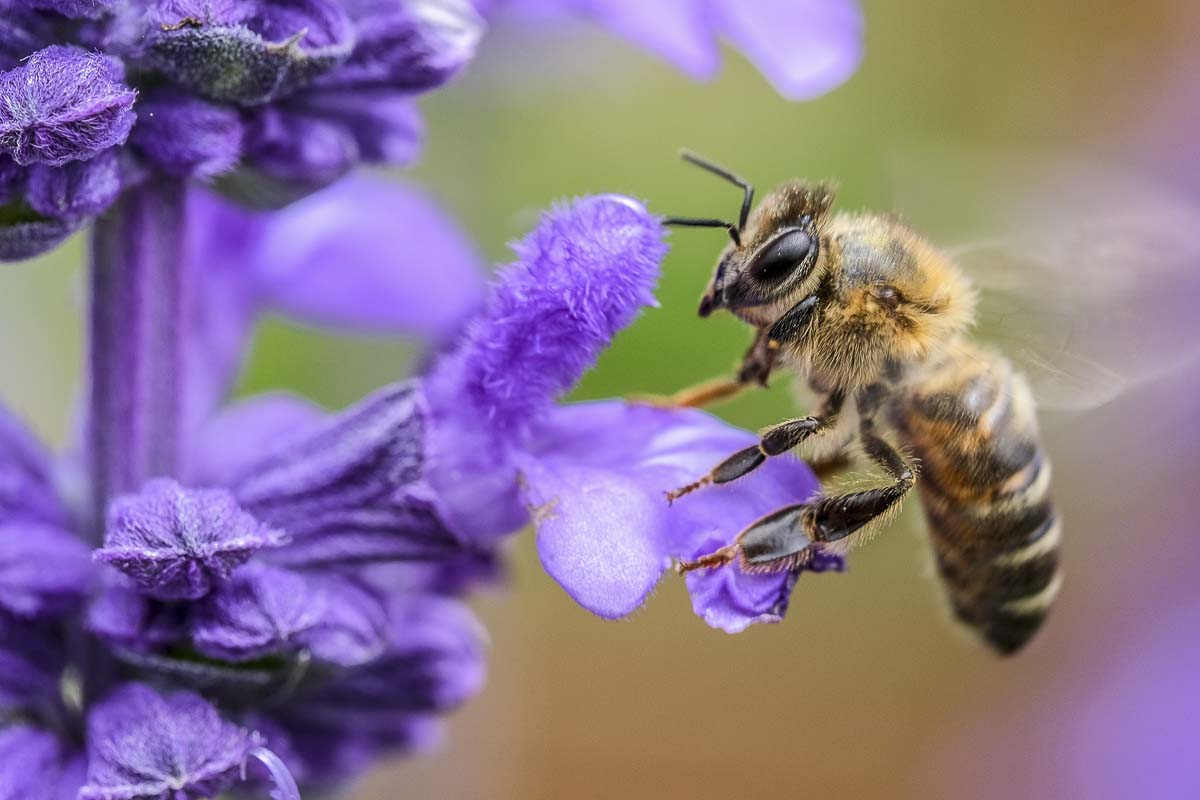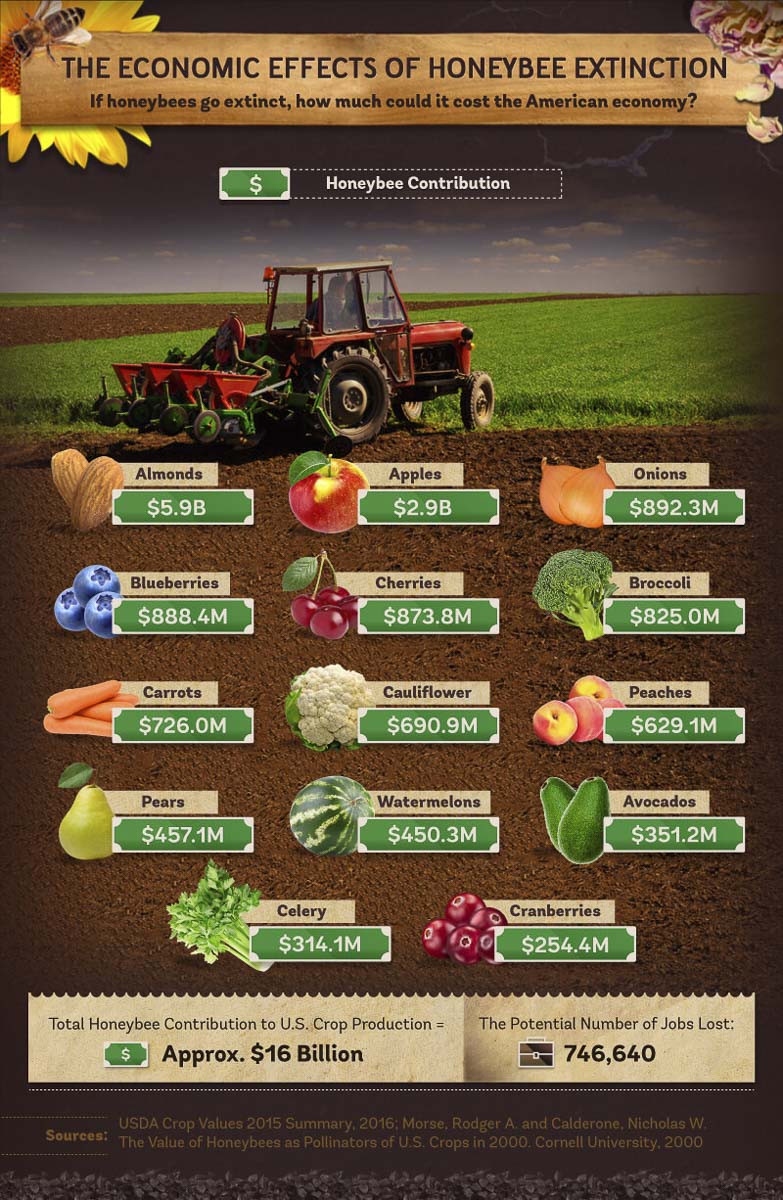Honeybees could go extinct from various natural and man-made causes
CLARK COUNTY — The North American Honeybee. You were probably stung as a child, and to this day you might still be no fan of them. Nevertheless, they are the reason you have your breakfast and lunch and dinner. At least one third of your food to be precise.

Currently, the North American Honeybee is in trouble. It’s list of enemies is growing.
In a recent collection of data by the group SaveOnEnergy, numbers from the National Agricultural Statistics Service (NASS) show that as high as a 45 percent drop in bee populations between 2010 and 2015.
In recent years, mites, pesticides and disease have been among the top killers of the vital pollinators. Now, here in Washington state, just over a four-hour drive from Clark County, a new threat to the bees continues to pop up; the Asian Giant Hornet (AGH).
“Preliminary results indicate that this is a [AGH] queen, but that is going to be unofficial and pending further investigation at the lab in DC,” said Washington State Department of Agriculture (WSDA) entomologist Sven Spichiger. “The location of this event is a few miles north of Custer, Washington, which is up near the Canadian border. It also happens to be about one mile north of where we had a suspect bee kill that we reported on earlier last year.”
Next steps for hornet eradication

During an online press conference, Spichiger explained that the new confirmed sighting means at least one nest likely became established and made it through winter. This also correlates with the massive decimations of several bee colonies in northern Washington and southern Canada.
The AGH is notorious for killing honeybees in the thousands. It’s presence, while highly sensationalized by inaccurate terms like “murder hornet,’’ is still a large concern for WSDA since an infestation could be detrimental to already struggling ecosystems, such as the bee.
“Knowing that there are queens in the area just solidifies our resolve, if you will, that we need to have massive trapping and eradication efforts ready to go for 2020,” Spichiger said. “We have advice from our counterparts in Europe, who are dealing with a different species which established and spread very quickly. It’s disappointing to know they can survive here in Washington state. From that perspective, it’s depressing, but it doesn’t really change what we intend to do. We still have a chance to eradicate this because obviously, now that people are looking for it, it’s very easy for them to turn in.”
Recently, the WSDA has enlisted the full help of many citizen entomologists as well as the general public across Washington to help reduce the spread of the AGH. A new technique for creating large, cost effective traps for the hornets is now live on YouTube courtesy of WSDA.
The new traps are designed to allow access to the massive insect, which would never fit inside a commercial insect trap. The process consists of cutting small openings in the side of a juice jug and filling it with rice wine and orange juice. Washington residents are advised to use these traps on their property.

“We are a little more alert but like I said [previously] we’re basically going to treat this like a bald-faced hornet — improve the trap so that we can actually trap them and kind of go from there,” said Clark County resident and beekeeper Dane Arnett, in an email. “Then we will help the WSDA with the trapping/monitoring. That’s really how we’re going to help with this.”
The future of the honeybee and us
Perhaps the most unrealized element of the honeybee situation in Washington and the U.S. is the economic impacts of its potential demise. On the surface, the United States Department of Agriculture (USDA) estimates the extinction of the honeybee in North America would equate to a $16 billion loss in the crop industry and potentially close to 750,000 lost jobs.
When bees drink nectar from flowers and plants, they exchange pollen particulates with it and often form symbiotic relationships. Apples, for example, are very dependent upon bees to grow and grow in high numbers.
Estimates place the average grocery store produce aisle with 90 percent less product if bees are wiped out. In the case of almonds, which depend entirely on the honeybee, production would be completely eliminated.

“While we may recognize some of the causes, there is still more work to be done to correct the effects and truly understand the rate of their demise,” writes the team at SaveOnEnergy. “If you want to help change their fate, consider reducing the pesticides you use in your home garden around plants that bees might be pollinating, and if you have these kinds of plants, you can register your garden with the Pollinator’s Partnership database to help promote the protection of pollinators and their ecosystem.”
The infographics and study curated by SaveOnEnergy is designed for educational fair use. It is available for embed on other blogs and sites, and is also encouraged for use by schools and nonprofits.




